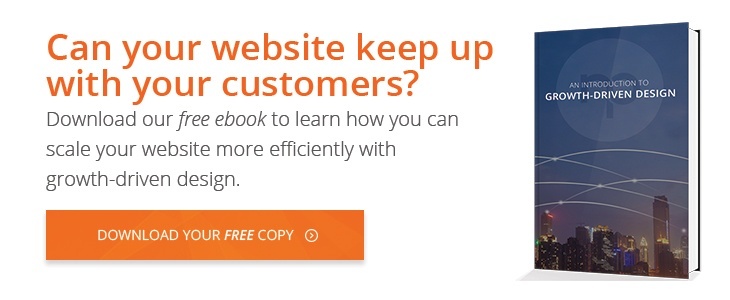The "above the fold" debate is one of the hottest topics in the web design industry, and opinions are divided. Some people firmly believe that the only way to convince people to take a good look at the content offered on your website is to make sure it's "above the fold"—that is, the content that appears when a visitor first lands on your site, before they start scrolling. Modern research, however, suggests that the traditional above the fold recommendation has faded away, with new styles taking its place.
The History of "Above the Fold"
Traditional journalism insisted that the most important information on the front page of the newspaper was what could be found above the fold. Some people never even read beyond that point, skimming the most important headlines of the day before moving on with their day. As content transitioned to the internet, many designers followed that traditional model, providing the most important information on the page where people could see it the most easily. There were several reasons for this design style:
- Readers are most interested in what they can see readily.
- Catching reader’s attention without requiring effort encourages them to continue reading.
- Users need a reason to remain on a page.
Unfortunately, this tradition is relatively outdated. Many web designers are moving away from the tradition of keeping the most important information "above the fold," and with good reason.
Modern Users Scroll
Today's users are all viewing their web content from different devices. Tablets, cell phones, and personal computers all have different screen sizes. Users can easily change screen resolutions with the press of a button, shifting the "fold" on their computer screen. Because of this, the meaning of "above the fold" has changed drastically.
What will fit on a cell phone screen is significantly different from what will fit on a large computer screen. Smaller devices mean users who assume that they will have to scroll in order to reach the content they want to read—and they don't mind doing it. Not only that, modern users have learned to appreciate simplicity. If the information found on the screen that's visible when they first visit the homepage is tantalizing enough, they'll keep scrolling in order to see what else the website has to offer.
Designing Your Webpage
Letting go of the "above the fold" myth doesn't mean that you can give up on your website design entirely. That first screen that's seen by a user should contain several key elements.
- Make it interesting. Provide content that will catch users' attention and convince them to keep scrolling.
- Make it responsive. If it's clunky or difficult to read on a mobile device, mobile users will swipe away and find a different website. When you offer responsive design, on the other hand, users will see your content and what it has to offer.
- Make it compelling. Give users a reason to keep reading or to search for the information that they are most interested in. Compelling content will always drive users to scroll further down the page.
Letting go of the "above the fold" concept has a number of advantages for your page design. It allows you to create a smoother, more free-flowing experience for your users. You're able to include more content, placing it where it fits best instead of trying to cram the most compelling information on your page into that first screen. Ultimately, this leads to an easier design process and a better experience for your viewers.



